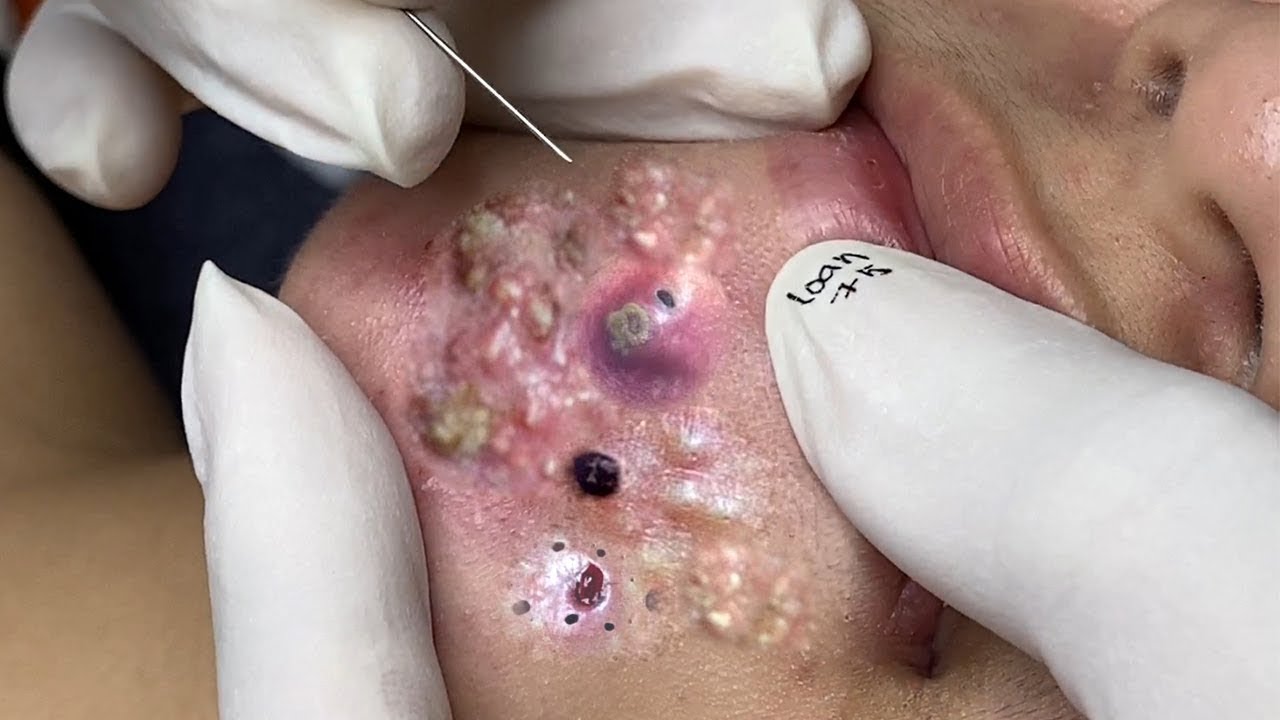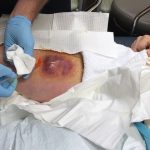Get rid of blackheads
Please scroll down to watch the video.👇👇
Getting rid of blackheads—those tiny dark spots caused by clogged pores—is possible with the right routine, products, and technique. Here’s a full breakdown of how to safely remove and prevent blackheads, backed by dermatologist-recommended methods.
🧪 What Are Blackheads?
Blackheads (open comedones) are clogged hair follicles filled with:
-
Dead skin cells
-
Oil (sebum)
-
Bacteria
They turn dark due to oxidation (not dirt), when the pore is exposed to air.
✅ Step-by-Step: How to Get Rid of Blackheads
🔹 1. Cleanse With a Salicylic Acid Face Wash
Salicylic acid (a BHA) penetrates deep into pores and breaks down oil and dead skin buildup.
Recommended Products:
-
CeraVe SA Cleanser
-
Neutrogena Oil-Free Acne Wash
📖 Reference: Cleveland Clinic – Blackhead Treatments
🔹 2. Exfoliate Gently (2–3x per Week)
Use a chemical exfoliant like:
-
AHA (glycolic/lactic acid) – great for surface skin texture
-
BHA (salicylic acid) – ideal for oil and pore congestion
Examples:
-
Paula’s Choice BHA Liquid Exfoliant
-
The Ordinary Glycolic Acid 7% Toner
📖 Reference: American Academy of Dermatology
🔹 3. Use Clay Masks (1–2x per Week)
Clay masks help absorb oil and tighten pores.
Try:
-
Aztec Secret Indian Healing Clay (with apple cider vinegar)
-
Origins Clear Improvement Charcoal Mask
🔹 4. Try Retinoids
Retinoids increase cell turnover, prevent clogged pores, and reduce oil production.
Best Options:
-
Adapalene (Differin 0.1% gel) – available over the counter
-
Tretinoin (prescription)
📖 Mayo Clinic – Acne Medication Guide
🔹 5. Pore Strips & Extractors (Optional, Use Sparingly)
-
Pore strips can offer instant gratification but may cause irritation if used too often.
-
Comedone extractors must be sanitized and used carefully (only on loosened/steamed skin).
📽️ Video Guide on Safe Extraction (Verywell)
❌ What Not to Do
-
Don’t over-exfoliate (can irritate or worsen acne).
-
Don’t squeeze blackheads with your nails—it can lead to scarring.
-
Avoid thick, greasy moisturizers or makeup that clog pores.
🛡️ Prevention Tips
-
Use non-comedogenic skincare and makeup
-
Wash pillowcases weekly
-
Cleanse after sweating
-
Keep hair off your face (especially if it’s oily)
🔬 When to See a Dermatologist
-
If blackheads are stubborn, widespread, or painful
-
You have other acne types (cysts, pustules, etc.)
-
Over-the-counter products don’t work after 6–8 weeks
Treating large acne pimples, particularly nodules and cysts, requires careful management to reduce inflammation, prevent scarring, and promote healing. These types of acne lesions are deep-seated and often painful, necessitating a combination of at-home care and professional treatments.
🧼 Understanding Large Acne Pimples
Nodular acne involves hard, painful lumps beneath the skin’s surface, while cystic acne consists of pus-filled lesions. Both result from clogged pores filled with oil, dead skin cells, and bacteria, leading to inflammation and infection.
✅ Effective Treatments for Large Acne Pimples
1. Topical Retinoids
Retinoids, derivatives of vitamin A, promote cell turnover and prevent clogged pores. They are effective in treating severe acne forms, including nodules and cysts. Common topical retinoids include tretinoin and adapalene. It’s important to use them as directed, as overuse can lead to skin irritation.
2. Oral Medications
-
Antibiotics: Oral antibiotics like doxycycline or minocycline can reduce inflammation and bacterial growth.
-
Isotretinoin: For severe cases, isotretinoin (commonly known by the brand name Accutane) may be prescribed. It reduces oil production and has long-term effects but requires close medical supervision due to potential side effects.
3. Corticosteroid Injections
Dermatologists can inject corticosteroids directly into large pimples to rapidly reduce inflammation and promote healing. This treatment is particularly useful for painful cysts.
4. Proper Skincare Routine
-
Gentle Cleansing: Use a mild, non-comedogenic cleanser twice daily to remove excess oil and dirt.
-
Moisturizing: Even oily skin needs hydration. Use an oil-free, non-comedogenic moisturizer to maintain skin balance.
-
Sun Protection: Apply a broad-spectrum sunscreen daily to protect the skin and prevent hyperpigmentation.
5. Avoid Picking or Squeezing
Manipulating large pimples can worsen inflammation, push bacteria deeper into the skin, and increase the risk of scarring. It’s best to avoid touching them and seek professional treatment if necessary.
🩺 When to Consult a Dermatologist
If large pimples persist, are painful, or lead to scarring, it’s advisable to consult a dermatologist. They can provide personalized treatment plans, which may include prescription medications or in-office procedures like drainage or laser therapy.
Managing large acne pimples involves a combination of appropriate skincare, medication, and professional treatments. Consistency and patience are key, as results may take time. Always consult with a healthcare provider before starting new treatments to ensure they are suitable for your skin type and condition.
-


